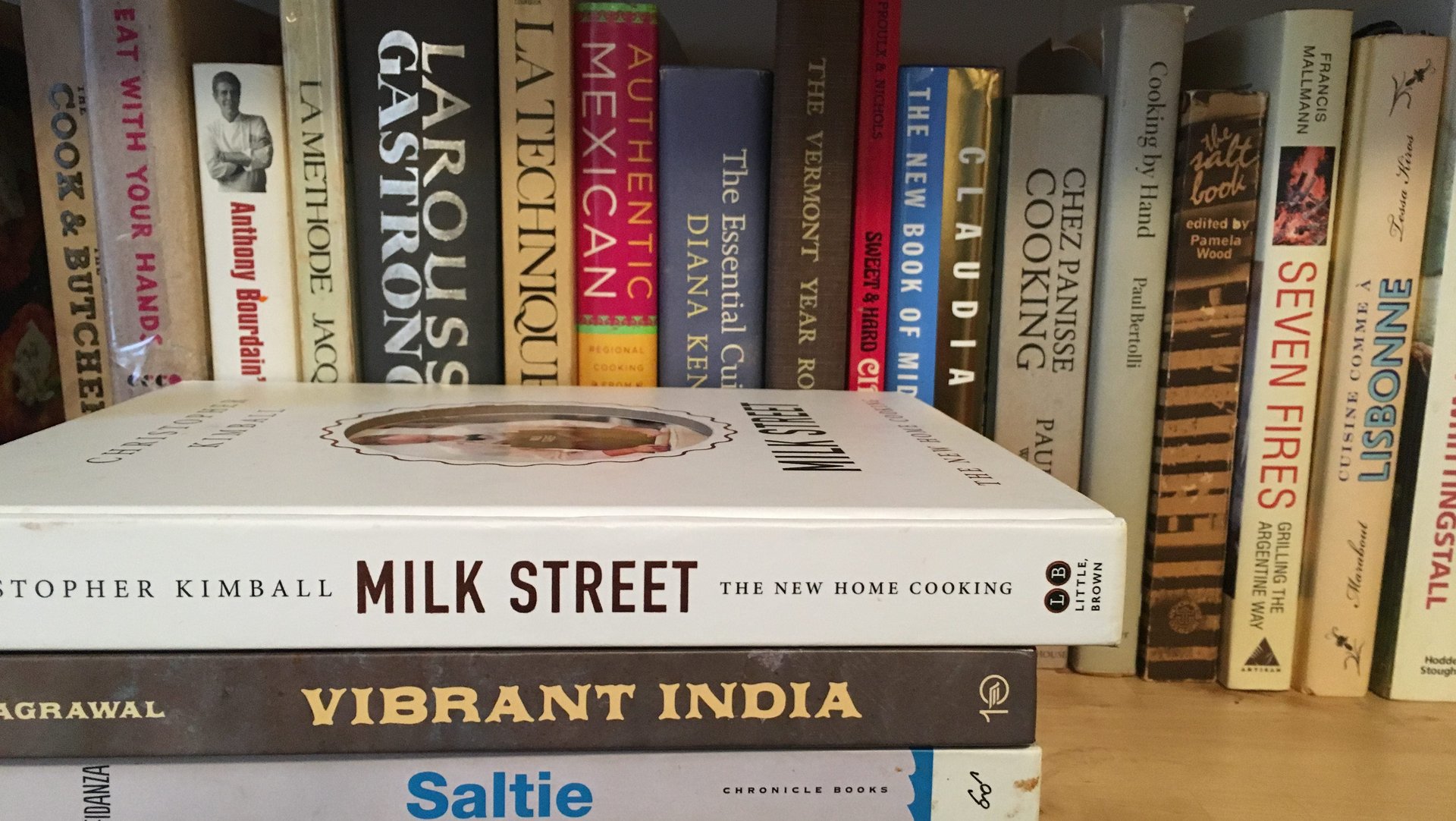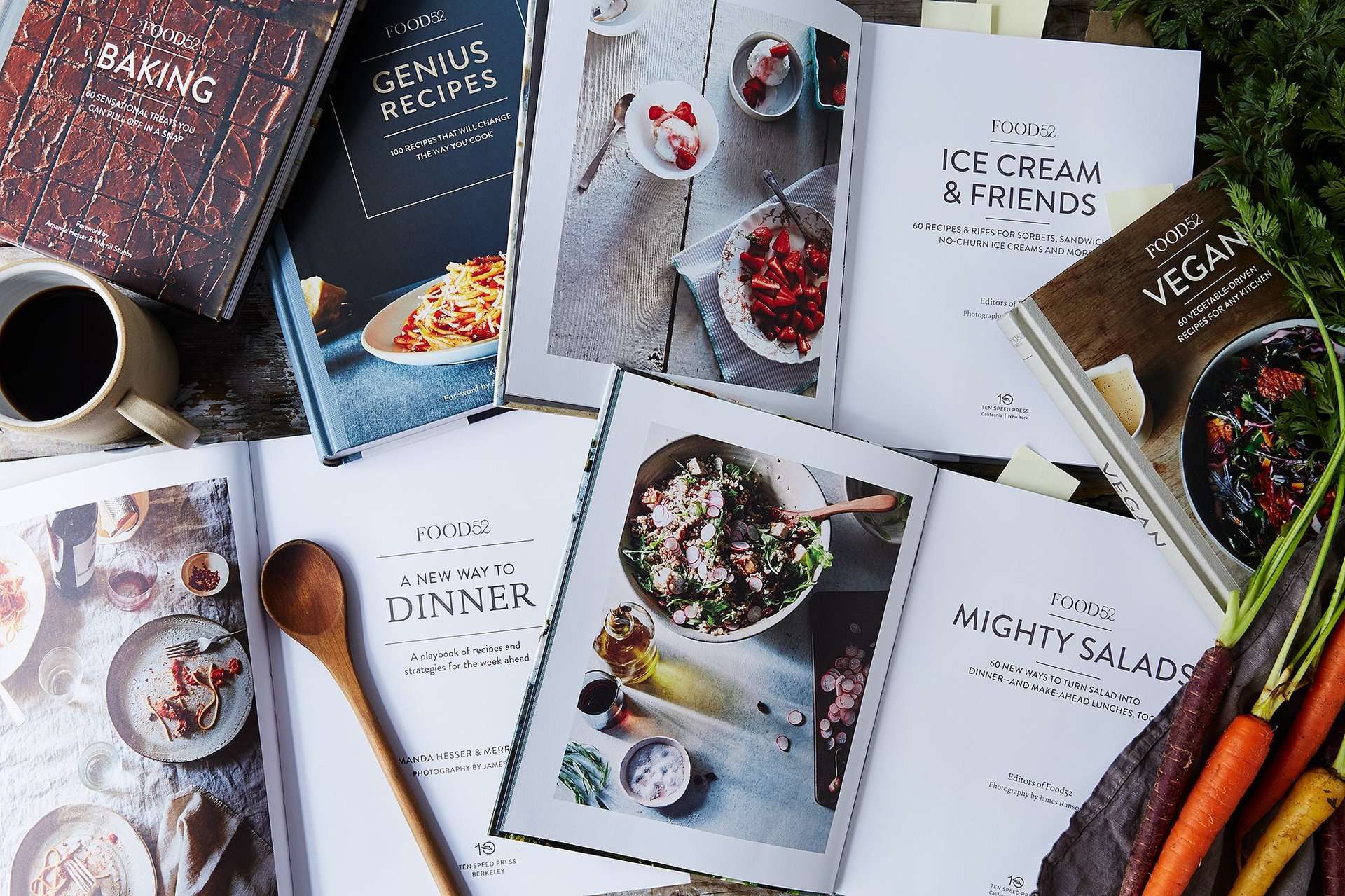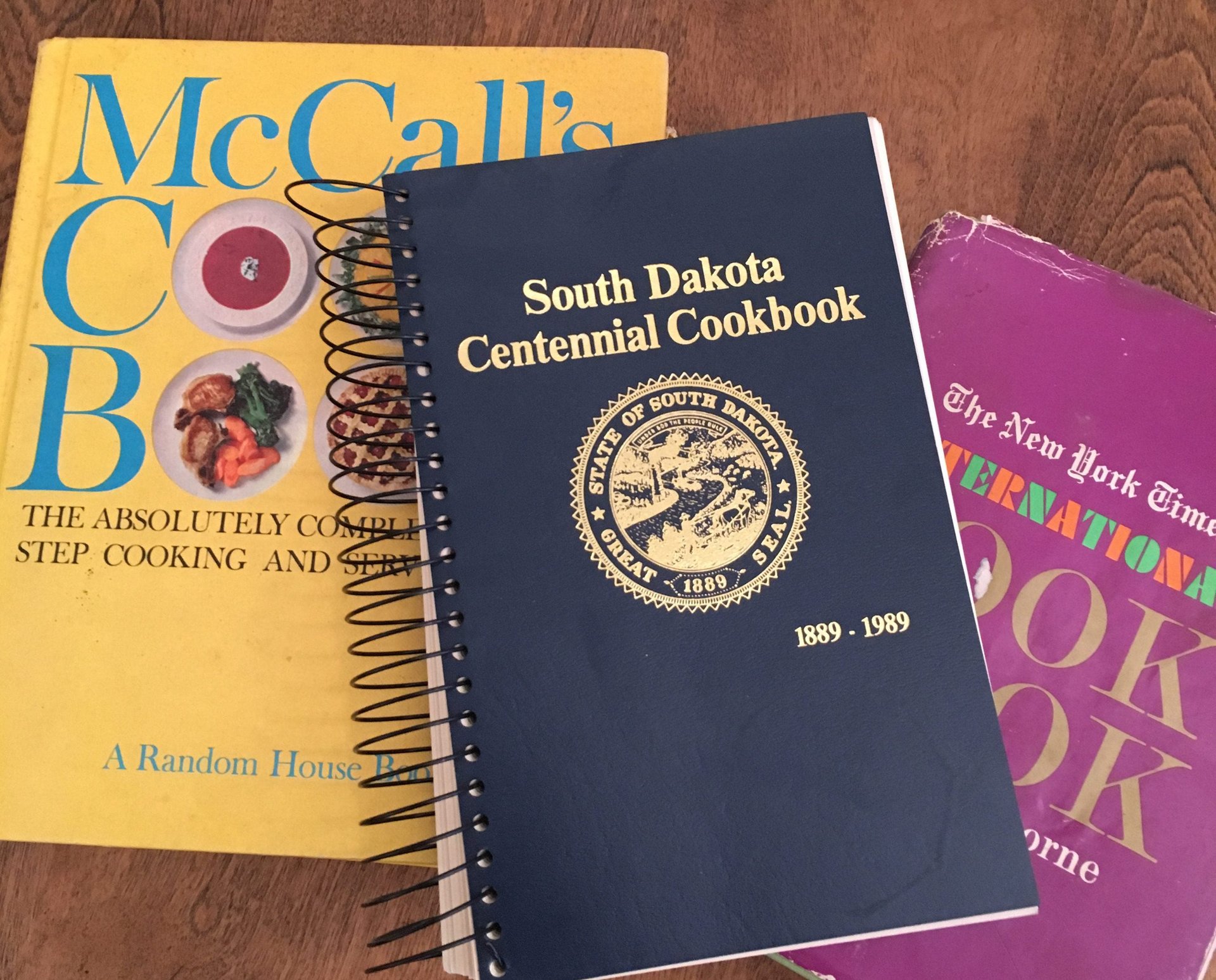The cookbooks that cookbook authors give as gifts
Cookbooks make natural gifts. We all have to feed ourselves, and most of us who don’t subsist on merely green juice and Soylent tend to crave new ideas for what to put on the table and in our lunch bags every day. They’re also beautiful books, generally speaking, with lush layouts and glossy photos.


Cookbooks make natural gifts. We all have to feed ourselves, and most of us who don’t subsist on merely green juice and Soylent tend to crave new ideas for what to put on the table and in our lunch bags every day. They’re also beautiful books, generally speaking, with lush layouts and glossy photos.
I’ve often found myself disappointed once I spend some time with a cookbook, though. Some are crammed with extraneous recipes that feel tacked on. Others fail in the kitchen, when it becomes clear that the recipes just weren’t well tested. In the hopes of giving inspiring gifts this year, I reached out to four cookbook authors whose books are in heavy rotation in my own home, to find out what they look for in a cookbook.
Let’s start with some suggestions
Amanda Hesser and Merrill Stubbs are the founders of Food52, and the authors of several books, my favorite being A New Way to Dinner, which explains their strategy for getting a modern family through a busy week of working, playing and eating, complete with menus. The recipes in here are so good I make them whether or not I’m on their cook a ton on Sunday, eat all week program. Christopher Kimball is the editor of Milk Street, a new food magazine I love, and a cookbook (and podcast) of the same name. His approach, after years at the helm of America’s Test Kitchen, is a sort of streamlined global cuisine that introduces exciting flavors and techniques to home cooks in a way that is delicious and also accessible. I have been cooking out of this book all fall and it’s changed what I make for dinner on a regular basis. Cathy Erway started out as a blogger who wrote a book called Not Eating Out in New York. (Full disclosure: Erway and I know each other from the overheated Brooklyn food scene.) Her second book, The Food of Taiwan, really impressed me—it’s everything you want in an ethnic cookbook, smart, easy to actually cook from and most importantly, a glimpse into a cuisine I didn’t know anything about.
In chatting with these four, several titles they love came up as well. The Zuni Cafe Cookbook, The Silver Palate Cookbook and any and everything by Yotam Ottolenghi were cited more than once as useful classics and solid gift ideas. Kimball suggested Chez Panisse Vegetables, a beautiful book that also seems incredibly useful. Erway enjoyed Bitter, by Jennifer McLagan, which is a more cerebral take on one of the fundamentals of flavor. Amanda Hesser suggested The Italian Baker, by Carol Field, which just sounds like a lovely gift for a baker.
They also shared their thoughts on what makes a good cookbook.

Photos can be important, but design isn’t everything
The large format and often stunning photography and art direction is designed to draw you in when browsing the cookbook section. “Beautiful imagery is at the top of my list,” Stubbs wrote in an email. “There is very little in the world of cooking and recipes that qualifies as truly innovative, so what I find most inspiring is the way the cookbook author brings everything together to create a cohesive point of view. This is captured with the narrative, of course, but the pictures are the first thing you see so they need to tell a compelling story.” Kimball echoed the narrative power of photography. “I have never been a proponent of color in cookbooks and food magazines since I feel that it takes away from the content,” he wrote in an email. “But, lately, I have been won over by photos that express the essence of a dish, not just to make it pretty, but to tell its story.”
There’s a flip side, to all those pristine tarts and beautiful braises.
“Photos are both an easy win—people like to see what a recipe looks like—and a danger: they can intimidate readers,” Hesser wrote. “I love pizza recipes, but as soon as I see a photo of a pizza recipe, I find myself pre-dreading the various components I’ll have to make.” Keep in mind the relative ambition level of the cook you’re buying for. If Amanda Hesser sometimes feels overwhelmed by cookbooks, it’s a sure bet pretty much everyone feels that way.
Headnotes should do work
Personally, I want all the headnotes—the paragraph that proceeds brass tacks recipe instructions—I can get. But the authors I spoke with had somewhat higher standards. “I want the the headnotes to tell me what a recipe is doing here in relationship to whole cookbook’s thesis and I love reading any little tidbits or anecdotes of history,” said Erway.
Hesser agreed that she enjoys an insightful or helpful description, but has little patience for wordiness. “A headnote to fill space or one that’s a vapid attempt to get you excited about the recipe is just wasted words on me,” she wrote.
Kimball was even less inclined to suffer headnotes that don’t serve a clear purpose. “I rarely read them especially if they are chatty,” he wrote. “They are useful when there is a technique or ingredients I am less familiar with and the author offers advice or substitutions.” Make sure the headnotes in the books you’re considering are doing work. It’s not just stylistically smart, it indicates deep knowledge of the recipe, which is what you’re after.
Look for an authentic voice
A cookbook that has a point of view, one that is unique and passionate, and as Kimball put it, “born out of a lot of hard work and time on the ground and in the kitchen,” are the most fun to read, and the best to actually cook from, especially when you’re choosing for someone else. “A cookbook works as a gift if it opens up someone’s perspective on food and cooking and tells a story that is fresh and exciting,” Kimball says.
Erway, who is Taiwanese, has given a great deal of thought to food and cultural appropriation. She says that cookbooks that explore a new cuisine are by and large thoughtful and respectful, by the very nature of the work it takes to write a one. “It’s very seldom that you’ll see a cookbook say on, South Indian cuisine that is not written by somebody who has a very personal connection to that cuisine.” she says.
Kimball echoed the need for real connection and expertise. ” I want two things,” he says. “Something new and something accessible. Whether it is West African dishes or recipes from Azerbaijan, I want to feel that I can make the food and, at the same time, get a sense that I am entering someone else’s culture.”

Don’t be afraid to go vintage
There’s a whole section of my bookshelf dedicated to weird old cookbooks including spiral bound church group recipe collections and a copy of The Seventeen Cookbook, which ranks as one of the best gifts I’ve ever received. Sometimes vintage is the way to go, not just with caftans and diamond rings, but with cookbooks as well.
“I do personally enjoy the really old rare cookbooks, those are the ones I really geek out about,” says Erway. “There’s just something special about finding something that is in print from another time. So I would also give an old cookbook, that’s really fun too.”